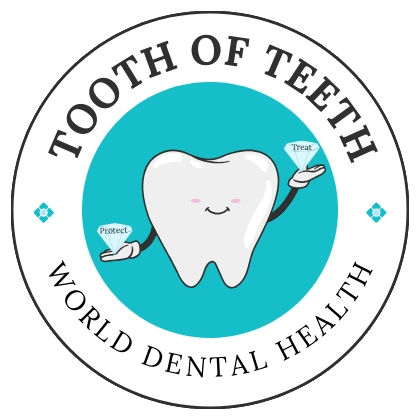introduction
Orthodontics is a medical procedure aimed at correcting dental and jaw problems, enhancing both the functional and aesthetic appearance of the mouth. As one of the essential branches of dentistry, orthodontics addresses issues such as crowded teeth, misaligned bites, and protruding front teeth. However, the question remains: is orthodontic treatment merely cosmetic, or is it a necessary procedure with significant health benefits?

The Scientific Basis of Orthodontics
Orthodontic treatment relies on applying precise forces to the teeth and jaws using specialized appliances, such as metal braces or clear aligners, to move the teeth into their proper positions. This process is rooted in physical and biological principles, where the jawbone and surrounding tissues respond to these forces through a process called “bone remodeling.”
When Orthodontics Is a Necessary Treatment
1. Malocclusion Problems:
Many people suffer from malocclusion, where the upper and lower teeth do not align properly. This issue can lead to difficulties in chewing, jaw muscle strain, and pain in the temporomandibular joints (TMJ).
2. Crowded Teeth:
Crowded teeth are challenging to clean properly, increasing the risk of cavities and gum disease. Orthodontic treatment aligns the teeth, making them easier to clean and improving oral hygiene.
3. Preventing Future Complications:
Misaligned teeth can wear unevenly over time, weakening the enamel and causing tooth sensitivity. Poor alignment can also lead to digestive issues due to improper chewing of food.
4. Speech Problems:
Misaligned teeth can affect the proper articulation of certain sounds. Orthodontic treatment corrects these issues, improving speech clarity.

Orthodontics as a Cosmetic Solution
The aesthetic benefits of orthodontics are undeniable. It plays a significant role in enhancing a person’s smile, boosting self-confidence. A beautiful smile is not just a cosmetic asset but also a crucial part of social interactions, influencing how people perceive an individual.
Modern Advances in Orthodontics
Scientific advancements have introduced new orthodontic techniques to meet diverse patient needs:
Clear Aligners: Offer a more aesthetic alternative to traditional metal braces.
Digital Appliances: Use 3D imaging to plan treatments with higher precision.
Accelerated Orthodontics: Reduces treatment time while maintaining effectiveness.

Benefits of Orthodontic Treatment
1. Improved Oral Health:
Aligning the teeth makes them easier to clean, reducing the risk of cavities and gum disease.
2. Enhanced Dental and Jaw Function:
Correcting bite issues improves chewing efficiency, promoting better digestive health.
3. Boosted Mental Well-Being:
A beautiful smile increases self-esteem and positively impacts social and professional interactions.
4. Prevention of Long-Term Complications:
Addressing dental and jaw problems early prevents more complex issues later in life.
Conclusion
Orthodontic treatment is far more than just a cosmetic procedure. It is often a necessary intervention to improve the functional health of the teeth and jaws. Its importance extends beyond aesthetics, addressing structural and health-related concerns.
If you experience functional or aesthetic dental problems, consulting an orthodontic specialist is the first step toward determining the appropriate course of action. Orthodontics combines science and aesthetics, offering effective solutions to enhance individuals’ quality of life.








